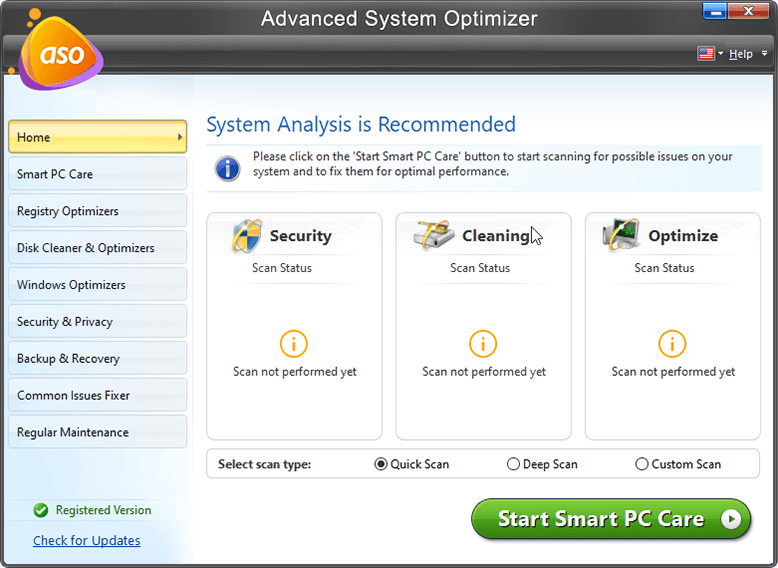When the server tries to send large headers, the HTTP ERROR code 431 frequently arises. But regrettably, this isn’t the only reason why the problem exists. Corrupt DNS cache, faulty extensions, and proxy servers can contribute to the issue. Any HTTP status code in the range of 4** denotes a problem with the client’s request. Fortunately, troubleshooting this problem number is not too difficult. Here are all the practical fixes you can use to solve the issue permanently.
Methods To Fix HTTP ERROR 431 In Google Chrome
1. Reload The Page

Refresh the page before reading the technical solutions. There’s a chance that HTTP ERROR 431 will show up as an isolated issue. Use the F5 to reload the page to fix this. Try refreshing the website without caching if the error notice still shows. By pressing the Ctrl + Shift + R, you can accomplish this.
2. Clear The Cache And Cookies
Sometimes, faulty cookies and cache data cause the 431 error code to display. The issue can be fixed in most circumstances by simply deleting the browser’s cache. You can erase the cookies and cache in Chrome by following the below steps.
Step 1: Click on the three dots in the top right corner of Google Chrome after launching it.
Step 2: Go to the context menu and select Settings.
Step 3: Select Privacy and security in the left pane by clicking.
Step 4: Pick the option to clear your browsing history.
Step 5: Mark the boxes next to cookies, other site data, cached files, and pictures.

Step 6: Option to Clear Cache Data in Google Chrome
Step 7: Select “Clear Data”
Advanced System Optimizer: Delete All Cache Files & Folders

Advanced System Optimizer is the most efficient RAM and Junk Cleaner for computers. It offers a simple, affordable solution for all your Windows optimization needs. If your computer is running slowly, clean the hard drive. If you remove useless and unwanted files from your storage, your PC will operate more quickly with quicker responsiveness and load times. By deleting cookies and browsing history, encrypting private information to keep it safe from prying eyes, and permanently deleting data, this Best PC Cleaner may help you protect your privacy.
Backup copies of important files, such as movies, audio files, photographs, and documents, are also made in addition to retrieving lost data.
3. Try Chrome’s Incognito Mode
Google Chrome has a unique function called “incognito mode” that enables users to browse the internet secretly. It functions more as an independent, safe mode from any extensions that have been added.

To see if the error message is caused by one of the installed extensions, try opening the same page in incognito mode. Click on the three dots in the top right corner and select the New Incognito window to launch an incognito window. Alternately, you can enter incognito mode by pressing hotkeys Ctrl + Shift + N.
4. Eliminate Any Troublesome Extensions
Without a doubt; extensions significantly increase productivity. However, some extensions can lead to other problems, such as HTTP ERROR 431. Therefore, organize your extensions to work together to address various HTTP status codes and decrease the attack surface. Follow the methods listed below to delete extensions:
Step 1: Click the three dots in the top right corner.
Step 2: Select Extensions from the context menu after moving the cursor over More tools.
Step 3: To turn off each extension, click the toggle button.
Step 4: Slowly re-enabling each extension and visiting the website until the issue reappears will help you pinpoint precisely which extension is at fault.
Step 5: Once you’ve determined which extension is giving you problems, click the Remove button next to that specific extension.
Step 6: On the subsequent confirmation window, click Remove once more.
The Final Word: How To Fix The HTTP ERROR 431 In Google Chrome Browser
You now know what to do if you encounter HTTP ERROR 431. As the issue appears to be a client request issue, the faulty cache data or out-of-date network driver is probably to blame. Hopefully, you can solve the issue quickly to keep exploring the web.
Follow us on social media Facebook, Instagram, and YouTube. Please contact us with any questions or ideas. We would be delighted to provide you with a resolution. We frequently publish advice, solutions, and guidance for common technological problems.



 Subscribe Now & Never Miss The Latest Tech Updates!
Subscribe Now & Never Miss The Latest Tech Updates!